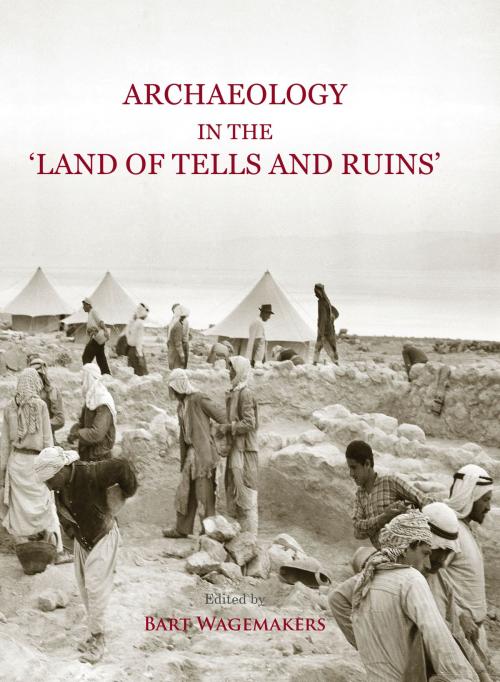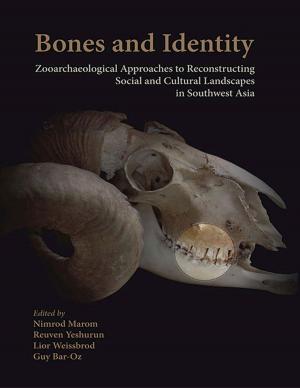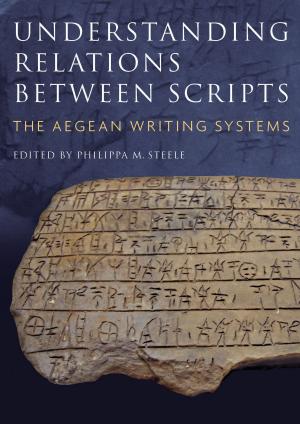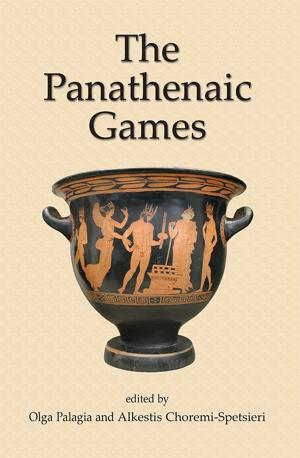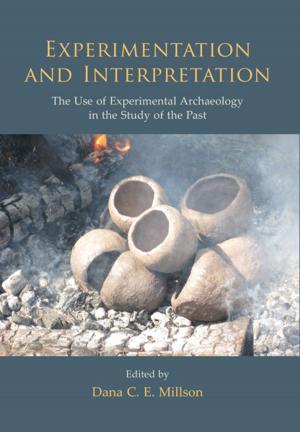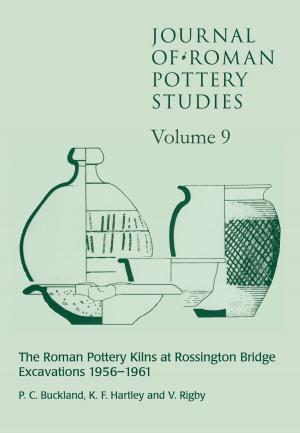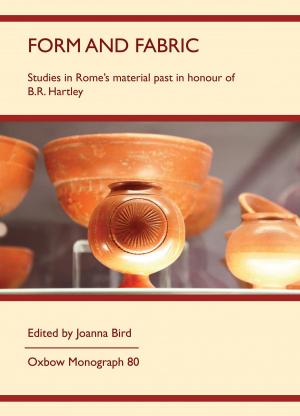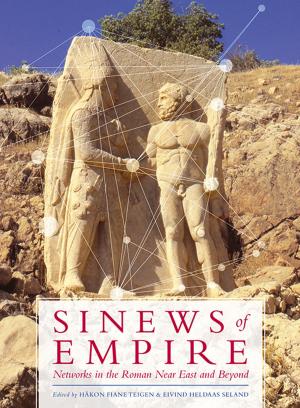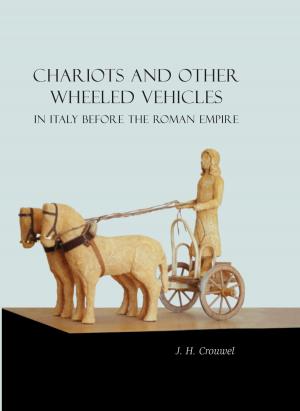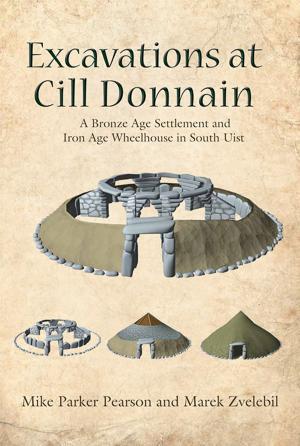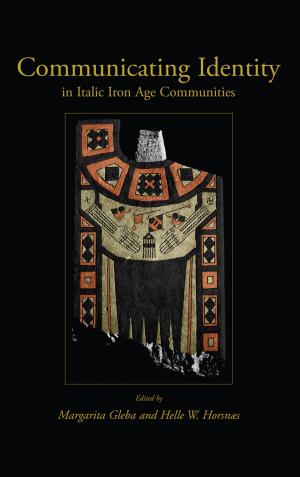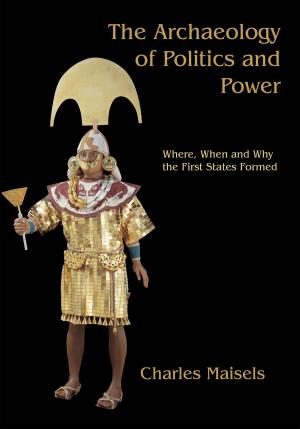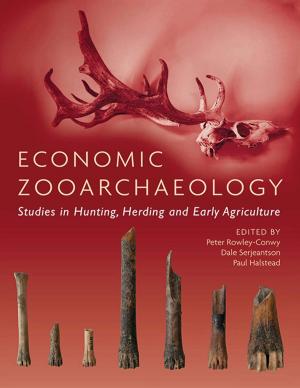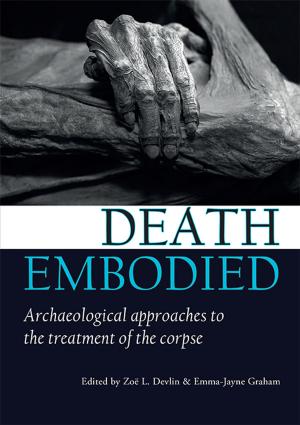Archaeology in the 'Land of Tells and Ruins'
A History of Excavations in the Holy Land Inspired by the Photographs and Accounts of Leo Boer
Nonfiction, Social & Cultural Studies, Social Science, Archaeology, Religion & Spirituality, Middle East Religions, Islam| Author: | Bart Wagemakers | ISBN: | 9781782972464 |
| Publisher: | Oxbow Books | Publication: | February 28, 2014 |
| Imprint: | Oxbow Books | Language: | English |
| Author: | Bart Wagemakers |
| ISBN: | 9781782972464 |
| Publisher: | Oxbow Books |
| Publication: | February 28, 2014 |
| Imprint: | Oxbow Books |
| Language: | English |
Recently, a travel account and 700 photographs came to light by the hand of Leo Boer, a former student of the École Biblique et Archéologique Française in Jerusalem who, at the age of 26 in 1953–4 visited many archaeological sites in the area of present-day Israel and the Palestinian Territories. These documents inspired 20 internationally-renowned scholars – many of whom excavated at the sites they describe – to report on what we know today of nine particular sites chosen from the many that Leo Boer visited 60 years ago: Jerusalem, Khirbet et-Tell (Άi?), Samaria & Sebaste, Tell Balata (Shechem), Tell es-Sultan (Jericho), Khirbet Qumran, Caesarea, Megiddo, and Bet She’an. Rather than focusing on the history of these sites, the contributors describe the history of the archaeological expeditions. Who excavated these sites over the years? What were the specific aims of their campaigns? What techniques and methods did they use? How did they interpret these excavations? What finds were most noteworthy? And finally, what are the major misconceptions held by the former excavators?
Several themes are interwoven amongst the contributions and variously discussed, such as ‘identification of biblical sites’, ‘regional surveys’, ‘underwater archaeology’, ‘archaeothanatology’, ‘archaeology and politics’, ‘archaeology and science’, and ‘heritage management’. This unique collection of images and essays offers to scholars working in the region previously unpublished materials and interpretations as well as new photographs. For students of archaeology, ancient or Biblical history and theology it contains both a detailed archaeological historiography and explores some highly relevant, specific themes. Finally, the superb quality of Boer’s photography provides an unprecedented insight into the archaeological landscape of post-war Palestine for anyone interested in Biblical history and archaeology.
Recently, a travel account and 700 photographs came to light by the hand of Leo Boer, a former student of the École Biblique et Archéologique Française in Jerusalem who, at the age of 26 in 1953–4 visited many archaeological sites in the area of present-day Israel and the Palestinian Territories. These documents inspired 20 internationally-renowned scholars – many of whom excavated at the sites they describe – to report on what we know today of nine particular sites chosen from the many that Leo Boer visited 60 years ago: Jerusalem, Khirbet et-Tell (Άi?), Samaria & Sebaste, Tell Balata (Shechem), Tell es-Sultan (Jericho), Khirbet Qumran, Caesarea, Megiddo, and Bet She’an. Rather than focusing on the history of these sites, the contributors describe the history of the archaeological expeditions. Who excavated these sites over the years? What were the specific aims of their campaigns? What techniques and methods did they use? How did they interpret these excavations? What finds were most noteworthy? And finally, what are the major misconceptions held by the former excavators?
Several themes are interwoven amongst the contributions and variously discussed, such as ‘identification of biblical sites’, ‘regional surveys’, ‘underwater archaeology’, ‘archaeothanatology’, ‘archaeology and politics’, ‘archaeology and science’, and ‘heritage management’. This unique collection of images and essays offers to scholars working in the region previously unpublished materials and interpretations as well as new photographs. For students of archaeology, ancient or Biblical history and theology it contains both a detailed archaeological historiography and explores some highly relevant, specific themes. Finally, the superb quality of Boer’s photography provides an unprecedented insight into the archaeological landscape of post-war Palestine for anyone interested in Biblical history and archaeology.
